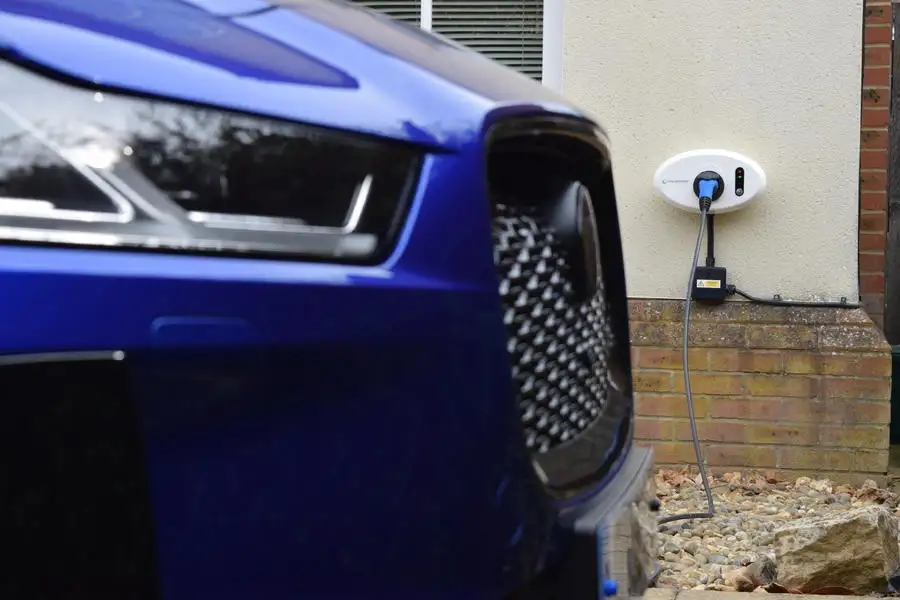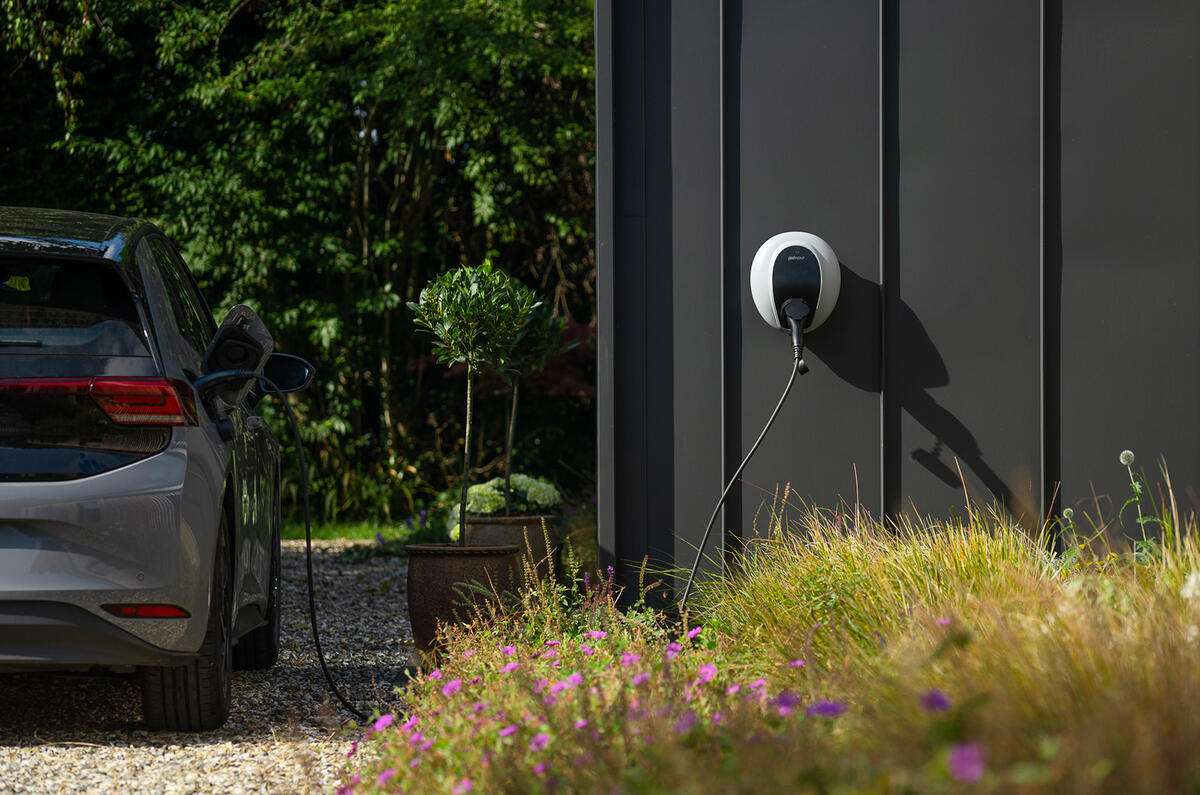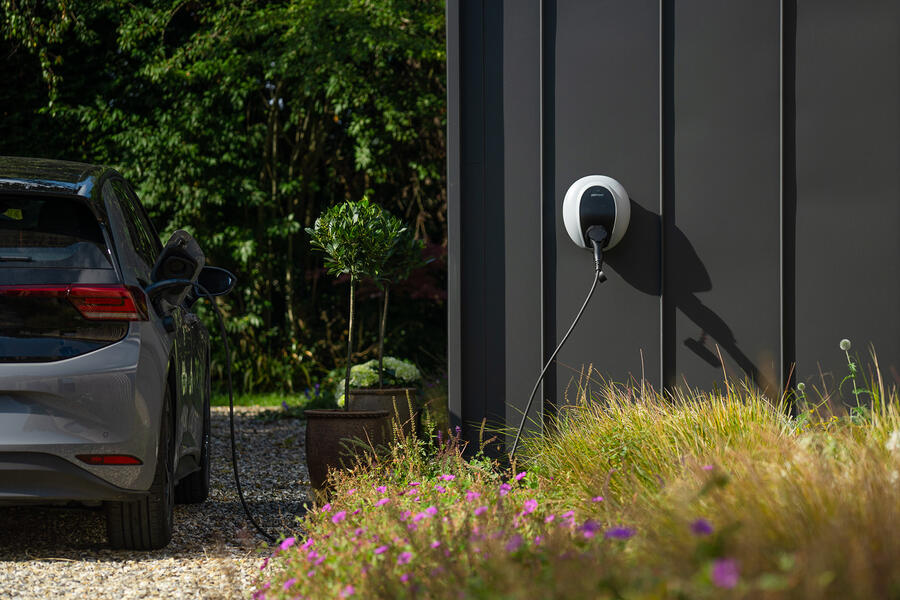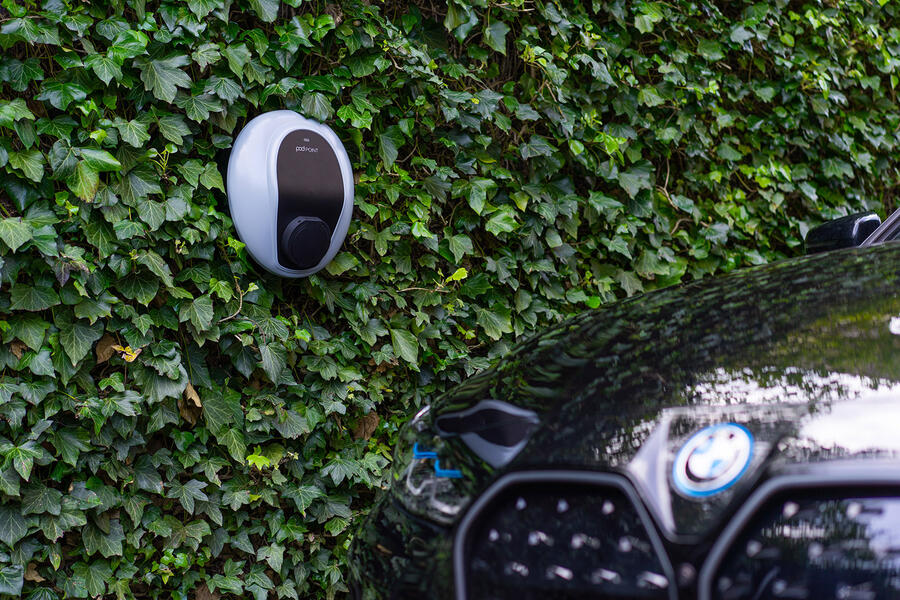Despite the ever-increasing number of electric car chargers installed across the UK, there’s no greater convenience than owning your own at home.
Home charging is easy and convenient, so it's no wonder that, according to the Energy Saving Trust, 80% of EV charging takes place at drivers' homes.
Another appeal of home charging is that it's cheaper than charging anywhere else. Depending on your energy supplier, it may get even cheaper at night, when you don't need your car. You wake up each day effectively with a ‘full tank’ and so are less likely to require a streetside charger on your way to work.
It all sounds straightforward, but there are many things to consider when it comes to charging at home, from picking the right type of charger to making sure you're benefiting from the financial incentives available.
Of course, not everyone can charge from home. Around 60% of drivers in the UK have access to a driveway, a figure that drops to 40% for residents of urban areas. There’s still much work to be done to make home charging accessible for all, particularly those in rented accommodation or flats and apartments.
If you can charge from home or are hoping to in the near future, you might have some questions. We’ve compiled an in-depth guide for home charging right here, so you can move forward with your electric car journey as soon as possible.
How can I charge my car at home?
There are a few common methods that let you charge your electric car at home. For most people, a wallbox is the best solution.
Available from several manufacturers, wallboxes are attached to your house (or a nearby outbuilding) and supply power directly to your car.
They offer charging speeds that are more than three times as fast as a domestic three-pin socket and provide the convenience of mounting the box directly onto the wall of your house or garage.
Cables also don’t need to be run into the house through open doors or windows.











Join the debate
Add your comment
So why do you go on about how trickle charging will take 24 hours to fully charge a battery?
The advantages and disadvantages of electric vehicles are very obvious, suitable for their own needs to choose. With electric vehicles, outdoor public charging piles for charging needs are popular, and household or portable chargers are indispensable. The choice of charger is also very important.
Dear AutiCar, do you know what would be a really useful article for millions of motorists? How someone who doesn't have a house with a driveway can get on with charging an electric car. I'm in Edinburgh, and the average home here is a 2 bedroom flat, which means very little chance to have a wall mounted box. All these sorts of articles, and electric car reviews, focus on being able to charge at home, when a large portion of the driving population do not have this facility.
Also, it could look at which cities (outside of London and the south east) do well with public chargers. Edinburgh is dreadful, with very few.